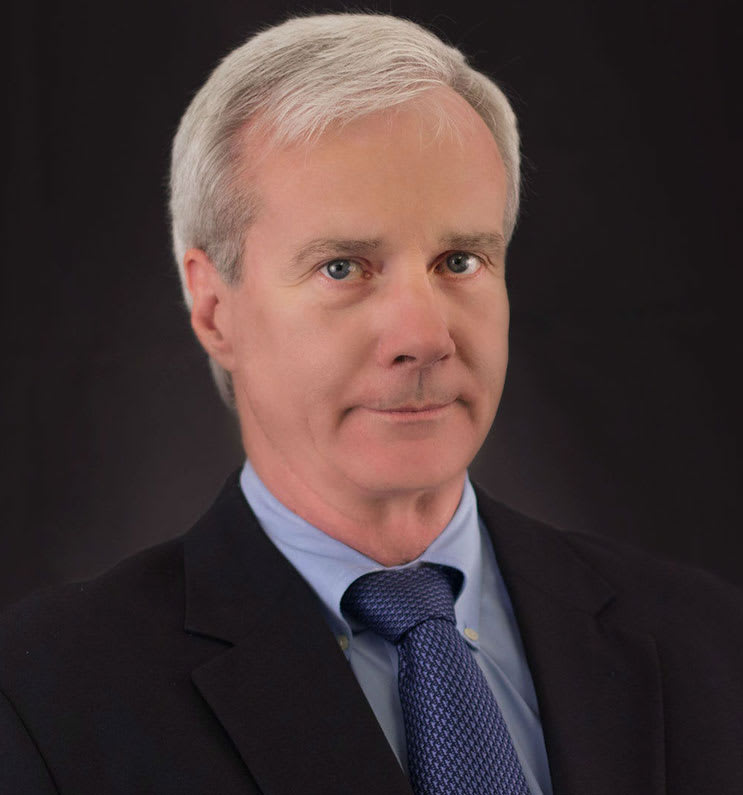
James F. McDonough
Of Counsel
732-568-8360 jmcdonough@sh-law.com
Of Counsel
732-568-8360 jmcdonough@sh-law.comToday, an increasing number of children are born with assistance of advanced reproductive technology. Such children may be conceived and born years after the death of a parent. This miracle of science poses difficulties for trustees administering existing trusts and lawyers drafting new trusts.
A typical trust has a current beneficiary who receives distributions of income and principal. The issue of the current beneficiary (child) will receive the distributions upon the child’s death. If there are no issues, the interest may pass to the child’s siblings or the issue of the siblings. What happens if a child of assisted reproduction is born years after the death of the current beneficiary?
Children of assisted reproduction may result from various combinations of sperm source, egg source, birth mother and parental relationship. A common example is the posthumous child conceived by the wife using the sperm of her deceased husband. Few would argue that the child is a child of the mother. Some may question if the donor consented to a posthumous child; however, most observers would infer consent from the deposit of sperm in a clinic prior to death. How does one evaluate consent where the extraction of sperm occurs after death of the donor?
How does a trustee evaluate the circumstances of a childless couple that uses reproductive technology to conceive a child. If the sperm and egg are from the husband and wife and in vitro fertilization occurs, one would expect the child would be a child of these parents. What if the sperm, the egg or both were donated by third parties? Clearly, the intent of the husband and wife to treat the child as their own should control. What if the husband did not want a child and the wife is impregnated with the sperm of an unrelated donor? Should the trustee recognize the child if the wife is an in-law or should the trustee assume the child is of the marriage?
To properly administer a trust, the class of persons who will succeed to the income and principal distributions must be determined. In trust parlance, the class of beneficiaries must close. If assisted reproduction can occur years after the death of the child, it may be difficult to close the class and effectively administer the trust.
Most parents and grandparents would include an adopted child as part of the class of beneficiaries. Parents and grandparents should ask themselves whether they intend to limit successors to issue having genetic material from blood-relatives. The treatment of same-sex couples should also be considered as it is possible that one or more of these relationships may be encountered in the future. Finally, if there is to be a further division into shares upon the death of a beneficiary, how long must a trustee wait until closing the class of beneficiaries.
No Aspect of the advertisement has been approved by the Supreme Court. Results may vary depending on your particular facts and legal circumstances.

Earlier this month, the U.S. Supreme Court issued a decision in Ames v. Ohio Department of Youth Services vitiating the so-called “background circumstances” test required by half of federal circuit courts.1 The background circumstances test required majority group plaintiffs pleading discrimination under Title VII of the Civil Rights Act to meet a heightened pleading standard […]
Author: Matthew F. Mimnaugh

Special purpose acquisition companies (better known as SPACs) appear to be making a comeback. SPAC offerings for 2025 have already nearly surpassed last year’s totals, with additional transactions in the pipeline. SPACs last experienced a boom between 2020–2021, with approximately 600 U.S. companies raising a record $163 billion in 2021. Notable companies that went public […]
Author: Dan Brecher

Merging two companies is a complex legal and business transaction. A short form merger, in which an acquiring company merges with a subsidiary corporation, offers a more streamlined process that involves important corporate governance considerations. A short form merger, in which an acquiring company merges with a subsidiary corporation, offers a more streamlined process. However, […]
Author: Dan Brecher

The Trump Administration’s new tariffs are having an oversized impact on small businesses, which already tend to operate on razor thin margins. Many businesses have been forced to raise prices, find new suppliers, lay off staff, and delay growth plans. For businesses facing even more dire financial circumstances, there are additional tariff response options, including […]
Author: Brian D. Spector

Business partnerships, much like marriages, function exceptionally well when partners are aligned but can become challenging when disagreements arise. Partnership disputes often stem from conflicts over business strategy, financial management, and unclear role definitions among partners. Understanding Business Partnership Conflicts Partnership conflicts place significant stress on businesses, making proactive measures essential. Partnerships should establish detailed […]
Author: Christopher D. Warren

*** The original article was featured on Bloomberg Tax, April 28, 2025 — As a tax attorney who spends much of my time helping people and companies who have large, unresolved issues with the IRS or one or more state tax departments, it often occurs to me that the best service that I can provide […]
Author: Scott H. Novak
No Aspect of the advertisement has been approved by the Supreme Court. Results may vary depending on your particular facts and legal circumstances.
Consider subscribing to our Firm Insights mailing list by clicking the button below so you can keep up to date with the firm`s latest articles covering various legal topics.
Stay informed and inspired with the latest updates, insights, and events from Scarinci Hollenbeck. Our resource library provides valuable content across a range of categories to keep you connected and ahead of the curve.
Let`s get in touch!
Sign up to get the latest from the Scarinci Hollenbeck, LLC attorneys!